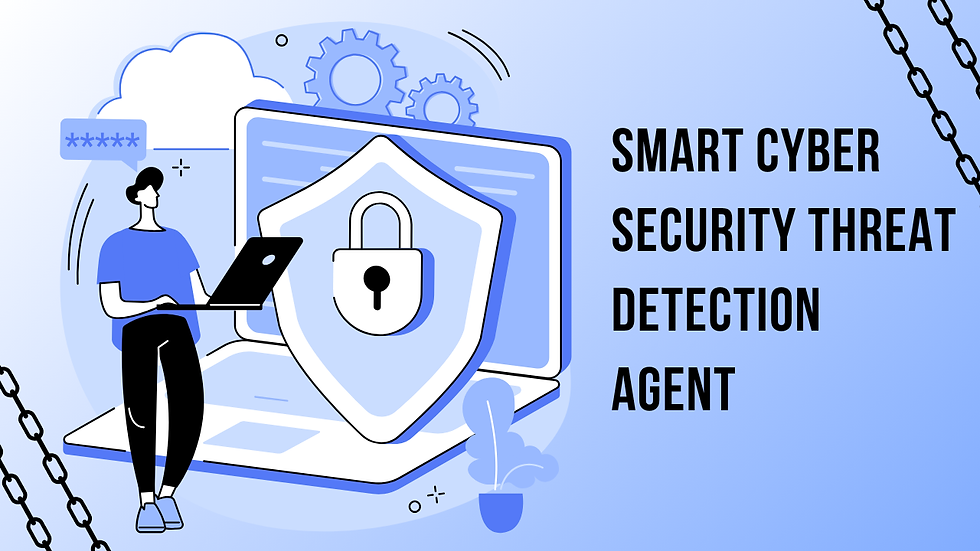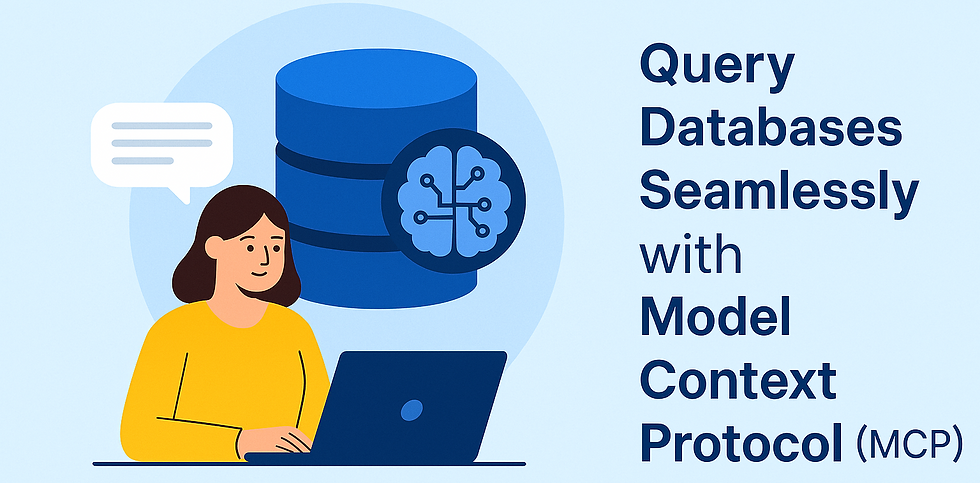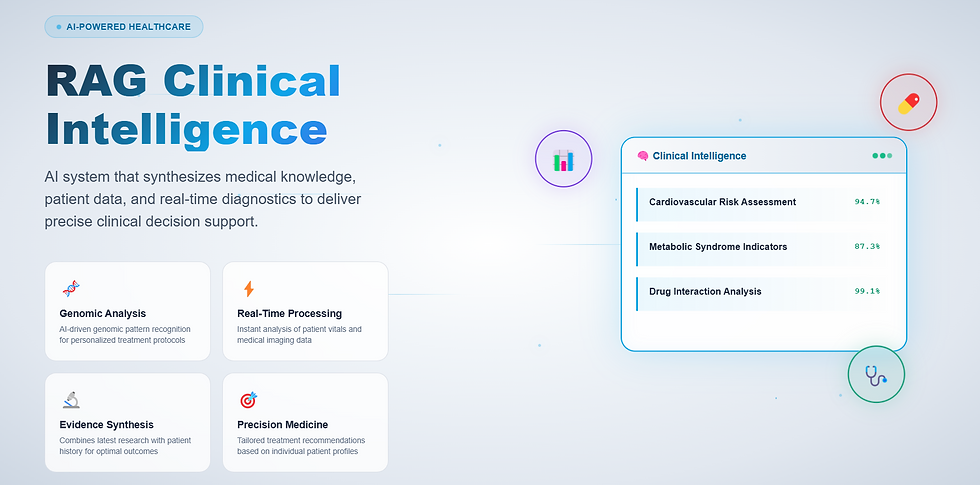Enhancing Safety with PPE Detection: A Student's Guide to Project Implementation
- ganesh90
- May 6
- 4 min read
Updated: May 29
In today's academic environment, integrating safety monitoring technologies into student projects offers valuable learning opportunities while addressing real-world challenges. Personal Protective Equipment (PPE) detection using computer vision provides an accessible entry point into artificial intelligence applications that can enhance workplace safety across industries. This technology allows students to create meaningful projects that can monitor whether individuals are properly wearing safety equipment like helmets, masks, and gloves—skills that are increasingly valued in various professional fields.

How Students Can Apply PPE Detection in Academic Projects
Personal Protective Equipment (PPE) detection offers exciting opportunities for student projects across multiple disciplines. As computer vision technology becomes more accessible, you can incorporate PPE safety features into your academic projects without needing to build or train machine learning models from scratch.
Engineering students can design monitoring systems for lab safety. Computer science majors can develop applications that integrate with existing APIs. Even business students can create safety compliance management solutions for their entrepreneurship projects. The practical applications extend to almost any field where safety is paramount.
The Power of AI-Based Safety Monitoring
AI-based PPE detection uses deep learning to identify whether individuals in images or videos are wearing required safety equipment like helmets, face covers, and safety vests. The technology not only detects the presence of protective gear but can also evaluate whether it's being worn correctly.
This intelligent automation offers several advantages for student projects:
Real-time analysis capabilities
Scalable implementation options
Customizable safety parameters
Data-driven insights for safety improvement
What Safety Detection Tools Can Identify
Modern PPE detection systems can identify multiple types of safety equipment, including head protection (helmets), face covers (masks), and hand protection (gloves). Many tools allow you to:
Set specific compliance requirements
Adjust confidence thresholds for detection accuracy
Select which safety items to monitor
Determine whether all items or just certain ones are required for compliance
For more advanced projects, you can even specify granular details like detecting protection on left versus right hands.
Cloud Service Options for Safety Monitoring
Several cloud services offer PPE detection capabilities that students can leverage:
Amazon Recognition
Google Cloud Vision API
Microsoft Azure Computer Vision
OpenCV with custom models
These platforms provide APIs that let you analyze images for safety compliance without building detection systems from scratch. Most offer documentation, tutorials, and sample code to help you get started.
Real-World Use Cases for Student Projects
Construction site monitoring: Create systems that automatically check whether workers are wearing necessary equipment like helmets and safety vests. Your application could generate alerts when safety violations are detected.
Manufacturing process safety: Design applications that verify factory workers are properly equipped with head covers, face masks, or hand protection. This could be used for compliance tracking or work condition monitoring.
Healthcare safety protocols: Develop systems for hospitals to ensure staff are wearing appropriate protective gear, especially in high-risk areas.
Educational training simulations: Create feedback systems for safety training that analyze whether participants are using PPE correctly and provide improvement suggestions.
These applications showcase how your projects can address real-world safety challenges while demonstrating your technical skills.
Key Advantages for Student Developers
Implementing PPE detection in your projects offers several benefits:
Practical skill development: Gain experience with computer vision and API integration
Portfolio enhancement: Create compelling project examples for job interviews
Cross-disciplinary applications: Apply the technology across engineering, healthcare, business, and more
Societal impact: Develop solutions that can genuinely improve workplace safety
Scalable complexity: Adjust the project scope based on your skill level and time constraints
Pricing and Free Tiers
Most cloud services charge based on the number of images processed, with tiered pricing structures where costs decrease as volume increases. The good news for students is that many platforms offer free tiers.
For example, AWS provides a free tier for the first 12 months after account creation, which includes thousands of free image analyses monthly—perfect for testing your application before scaling.
When planning your project, consider:
Expected image/video processing volume
Free tier limitations
Cost optimization strategies (like batch processing)
Alternative open-source options if budget is a concern
Making It Work Without Reinventing the Wheel
You don't need to build everything from scratch. Consider these approaches:
Use existing APIs: Leverage established services rather than developing your own detection models
Focus on the interface: Create user-friendly ways to interact with the technology
Customize for specific use cases: Adapt general tools to specific scenarios relevant to your field
Combine with other technologies: Integrate PPE detection with databases, notification systems, or dashboards
For video analysis, which some services don't natively support, you can extract frames and process them individually—a practical workaround that demonstrates problem-solving skills.
Get Help When You Need It
PPE detection projects can become complex, especially when integrating multiple technologies or scaling to handle large datasets. Don't hesitate to seek assistance when facing challenges.
If you're looking to implement PPE detection in your academic project and need personalized guidance, CodersArts specializes in helping students with technical implementations. Their team can provide advice on API integration, cloud service selection, and custom solution development tailored to your specific academic requirements.
You can also check out the project demo in the following video:
By incorporating PPE detection into your projects, you're not just demonstrating technical skills—you're also showing how technology can address important safety concerns in various industries.




Bình luận